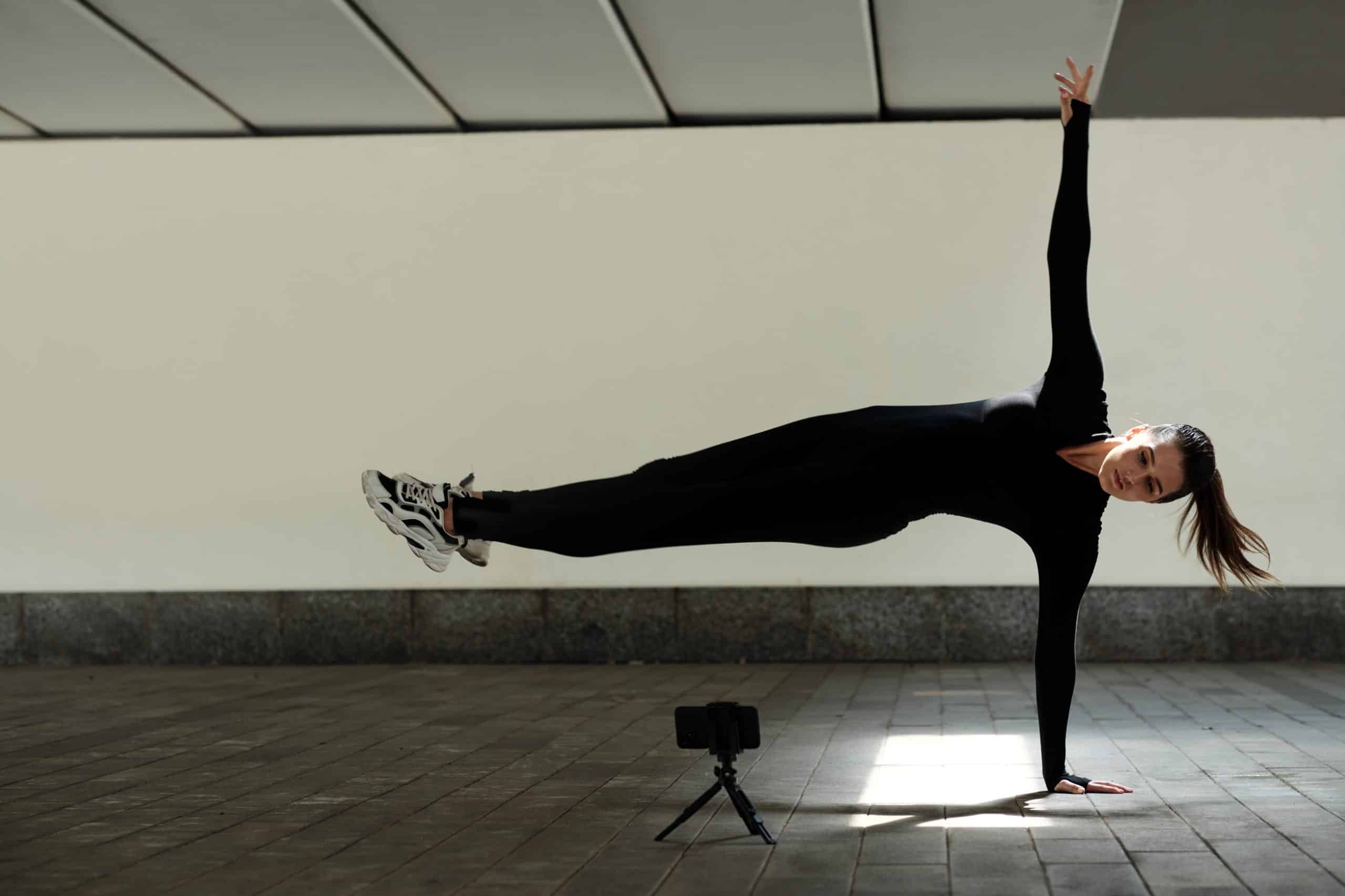Delving into the fascinating world of softball, it’s notable that power and speed are integral components that define the players’ performance. The kinetic chain – a concept explaining the interconnectedness of your body parts – plays a pivotal role in the sport, specifically affecting pitch velocity. Today, we delve into the impact of kinetic chain exercises on pitch velocity in softball.
Understanding the Kinetic Chain
Before we can understand the impact of kinetic chain exercises on softball, we must first understand what a kinetic chain is.
En parallèle : How to Design a Sport-Specific Yoga Program for Professional Soccer Players?
The term "kinetic chain" originates from the field of anatomy and kinesiology. It pertains to the interconnected group of body segments that work together to perform a movement. In the context of softball, the kinetic chain includes body parts such as the legs, hips, trunk, shoulder, elbow, wrist, and hand.
The kinetic chain’s principle asserts that no single body part operates in isolation. Instead, every part of the body works together to generate and transfer energy efficiently, culminating in the final movement – the pitch. For instance, a softball pitcher uses their legs to push off the mound, their hips and trunk rotate, their shoulder and elbow extend, and finally, their wrist and hand deliver the ball.
A lire également : What’s the Best Way to Incorporate Sand Training for Stability in Beach Volleyball Players?
Undoubtedly, understanding and optimizing the kinetic chain’s functioning is crucial to enhancing players’ performance in softball, particularly the pitchers.
Kinetic Chain Exercises and Their Significance in Softball
Having a firm grasp of the kinetic chain concept, we should explore how kinetic chain exercises can affect softball players’ performance.
Kinetic chain exercises focus on training interconnected muscle groups rather than isolated muscles. The exercises involve movement patterns that mimic the specific actions in sport, in this case – the softball pitch. For instance, medicine ball throws and rotational exercises are often used to enhance the power and speed of a pitcher’s throw.
In the realm of softball, these exercises play a vital role in improving pitch velocity, the speed of the ball once it leaves the pitcher’s hand. High pitch velocity is desirable as it makes the ball harder to hit, providing an advantage to the pitching team.
Moreover, kinetic chain exercises also help reduce the risk of injuries. By strengthening all parts of the kinetic chain, these exercises promote better movement patterns, distribute stress across multiple joints and muscles, hence reducing the strain on any single body part.
The Impact of Kinetic Chain Exercises on Pitch Velocity
Now let’s drill down into the meat of the matter – the impact of kinetic chain exercises on pitch velocity in softball.
Recent studies have demonstrated a positive correlation between kinetic chain exercises and pitch velocity. According to a research study indexed in PubMed (doi: 10.1519/JSC.0000000000001985), focused training that activates the entire kinetic chain can improve pitching velocity.
Specifically, the study reveals that softball pitchers who engaged in kinetic chain exercises averaged a significant increase in peak pitch velocity compared to those who did not. This supports the assertion that holistic, full-body training methods can lead to a more potent and effective swing, translating to increased pitch velocity.
Implementing Kinetic Chain Exercises in Softball Training
Given the clear benefits kinetic chain exercises offer to softball players, particularly pitchers, the question now becomes how to integrate these exercises into training effectively?
Firstly, it’s paramount to recognize that the kinetic chain begins from the ground up. Therefore, exercises should focus on lower body strength and stability as a foundation, then incorporate elements of rotation and upper body movement.
Medicine ball throw exercises are a great starting point. They involve the same lower body push-off, hip and trunk rotation, and upper body throwing motion used in a pitch. Other beneficial exercises include squats, lunges, and rotational exercises with resistance bands or cable machines.
In addition, it’s also important to remember that consistency and progression are key. Regular practice of these exercises, with increasing intensity over time, will yield the best results.
However, always ensure the exercises are performed with proper form and technique to avoid injury and maximize results. Ideally, players should seek guidance from a trained professional to ensure the exercises are done correctly.
While the benefits of kinetic chain exercises are clear, it’s crucial to remember that they are just one component of a comprehensive training program. Players also need to work on their skills, endurance, flexibility, and mental game to become well-rounded athletes.
The integration of kinetic chain exercises into softball training is not just a trend, but a necessity. As the sport continues to evolve, so should the training methods. By focusing on the entire body, rather than isolated parts, players are able to generate more power and pitch the ball at higher velocities. This not only enhances performance but also fosters a healthier, more sustainable approach to playing the game.
In a nutshell, kinetic chain exercises are an indispensable tool in the modern softball pitcher’s training arsenal. It’s no longer a question of if these exercises should be incorporated into training, but rather, how they can be most effectively integrated for optimal results.
How Research Supports Kinetic Chain Exercises in Softball
Numerous studies have been carried out, providing solid scientific evidence to support the implementation of kinetic chain exercises in softball training.
One such study, found in Google Scholar (doi: 10.1519/JSC.0000000000001985), highlights that a training program focused on the kinetic chain resulted in a significant increase in peak pitch velocity in fastpitch softball. This further substantiates the use of kinetic chain exercises in training regimens to enhance pitch velocity.
Another study, published in J Strength Cond Res (doi: 10.1519/JSC.0000000000001859), aimed to determine the relationship between lower extremity strength and pitching velocity in high school softball players. It concluded that resistance training, which forms a critical part of kinetic chain exercises, can effectively improve stride leg strength, leading to increased pitch velocity.
Additional research has indeed brought attention to the role of ground reaction forces in pitching motion. Ground reaction forces are the forces exerted by the ground on a body in contact with it. In the case of softball pitching, the lower body generates these forces during the stride phase of the pitch, setting off a sequence of kinetic events leading to ball release.
Therefore, training that focuses on enhancing ground reaction forces, such as plyometric and resistance training, can synergistically improve the kinetic chain, thus increasing pitching velocity.
Conclusion: The Future of Softball Training
The world of softball, like many other sports, is constantly evolving, and so should the training methods. As scientific studies continue to shed light on the benefits of kinetic chain exercises, trainers, and coaches globally are integrating them into their training regimens, reaping the benefits of increased pitch velocity and reduced risk of injuries.
Kinetic chain exercises, by virtue of their holistic approach, focus on the body as an interconnected system rather than individual parts. This approach results in improved performance, not just in pitch velocity but across all aspects of the game, from the power of the softball swing to the accuracy of the throw.
Though the benefits of kinetic chain exercises are resounding, it’s crucial to remember that they form just one part of a comprehensive training program. To be a well-rounded athlete, other elements such as endurance, flexibility, skills training, and mental preparation should not be overlooked.
In short, the future of softball training is likely to see kinetic chain exercises becoming more mainstream, as they present an efficient way to enhance performance metrics like pitch velocity. Given their proven benefits, it’s time to stop asking if kinetic chain exercises should be integrated into training routines, but how to do it most effectively.
In a game where every millisecond counts, these exercises could be the difference between a good softball player and a great one. As we continue to delve deeper into the world of kinetic chain exercises, one thing is clear – they are here to stay, and their impact on softball pitching velocity is undeniable.






